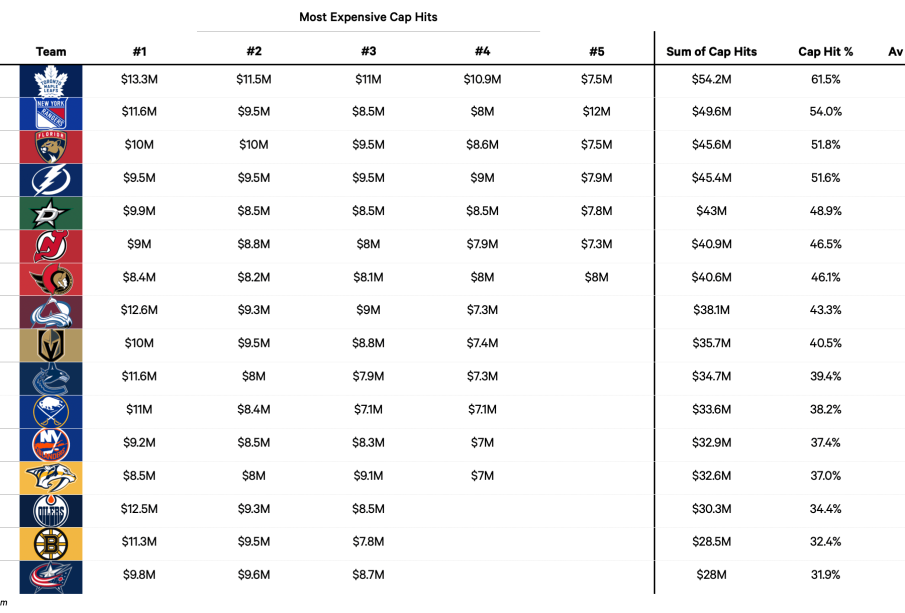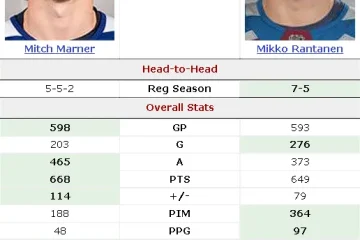Understanding the NHL Salary Cap: Impact and Insights

Introduction
The National Hockey League (NHL) salary cap is a crucial element in the landscape of professional hockey, significantly impacting team structures, player contracts, and overall league competitiveness. As teams navigate the financial constraints of the salary cap, understanding its implications has become increasingly relevant for fans and stakeholders alike.
The Mechanics of the NHL Salary Cap
Introduced in 2005 as part of the collective bargaining agreement, the salary cap was established to promote parity among teams, ensuring that wealthier franchises could not dominate through unlimited spending. For the 2023-2024 season, the NHL salary cap is set at $83.5 million, a modest increase from the previous season, reflecting the league’s ongoing recovery from the financial impacts of the COVID-19 pandemic.
The cap is calculated based on the league’s revenue, which includes ticket sales, broadcasting rights, and merchandise. Teams must carefully manage their rosters, ensuring that total player salaries do not exceed this cap. This requirement drives strategic decision-making, including trades, free agency signings, and contract negotiations.
Recent Trends and Events
Over the past year, the salary cap has influenced significant trades and roster changes across the league. Teams such as the Toronto Maple Leafs and the Tampa Bay Lightning have had to navigate complex situations, often balancing star player contracts with necessary cap space. Key players have been traded or released, not due to performance issues, but rather to comply with salary cap regulations.
Furthermore, the NHL’s ongoing talks regarding a new collective bargaining agreement may lead to adjustments in the salary cap framework in the coming seasons. Stakeholders have expressed concerns about maintaining competitiveness and financial health, implicating discussions about future revenue-sharing models that could stabilize cap limits.
Conclusion
The NHL salary cap plays a pivotal role in shaping the league’s landscape. As teams strategize to optimize their rosters within financial limits, following salary cap dynamics can provide fans with a deeper understanding of team performance and player movements. Looking ahead, the potential for changes to the salary cap structure could reshape team strategies significantly, fostering new rivalries and opportunities for both established franchises and up-and-coming teams.
In summary, the NHL salary cap is not just a financial measure; it is a determinant of competitiveness and fairness in the league, making it a subject of vital importance for teams and fans alike.







